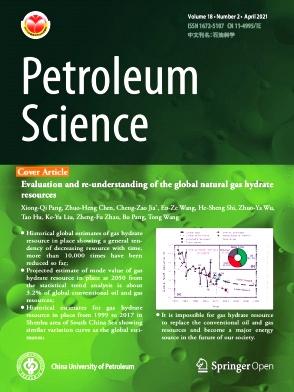Mesoporogen-free synthesis of hierarchical SAPO-11 from kaolin for hydroisomerization of n-alkanes
IF 6
1区 工程技术
Q2 ENERGY & FUELS
引用次数: 0
Abstract
Hierarchical SAPO-11, featuring both micropore and mesopore channels, demonstrates an outstanding performance in high-octane gasoline production. In this work, we propose an economic and effective approach to directly fabricate hierarchical SAPO-11 molecular sieve from natural kaolin, eliminating the need for mesoporogens. The systematic characterization results show that the kaolin-derived SAPO-11 possesses abundant micro-mesoporous structure and more Brønsted (B) acid sites on the external surface in contrast with the conventional SAPO-11 prepared employing silica sol as silicon source as well as SAPO-11 synthesized with the assist with of poly(ethylene oxide)-block-poly(propylene oxide)-block-poly(ethylene oxide) (F127). The analysis of the formation process reveals that the kaolin not only provides silicon source for the SAPO-11 crystal growth, but also offers confined environment for crystal growth along the preferential orientation, resulting in the generation of the microporous and mesoporous structure. Benefiting from these unique properties, the kaolin-derived Pt/SAPO-11 exhibits considerably improved selectivity for di-branched C8 isomers in n-octane hydroisomerization.
求助全文
约1分钟内获得全文
求助全文
来源期刊

Petroleum Science
地学-地球化学与地球物理
CiteScore
7.70
自引率
16.10%
发文量
311
审稿时长
63 days
期刊介绍:
Petroleum Science is the only English journal in China on petroleum science and technology that is intended for professionals engaged in petroleum science research and technical applications all over the world, as well as the managerial personnel of oil companies. It covers petroleum geology, petroleum geophysics, petroleum engineering, petrochemistry & chemical engineering, petroleum mechanics, and economic management. It aims to introduce the latest results in oil industry research in China, promote cooperation in petroleum science research between China and the rest of the world, and build a bridge for scientific communication between China and the world.
 求助内容:
求助内容: 应助结果提醒方式:
应助结果提醒方式:


